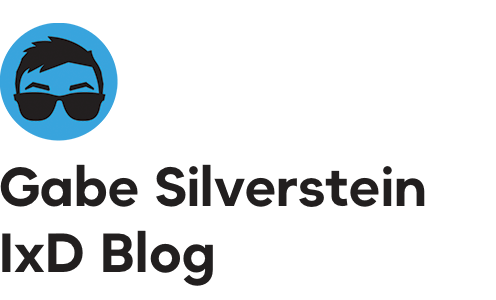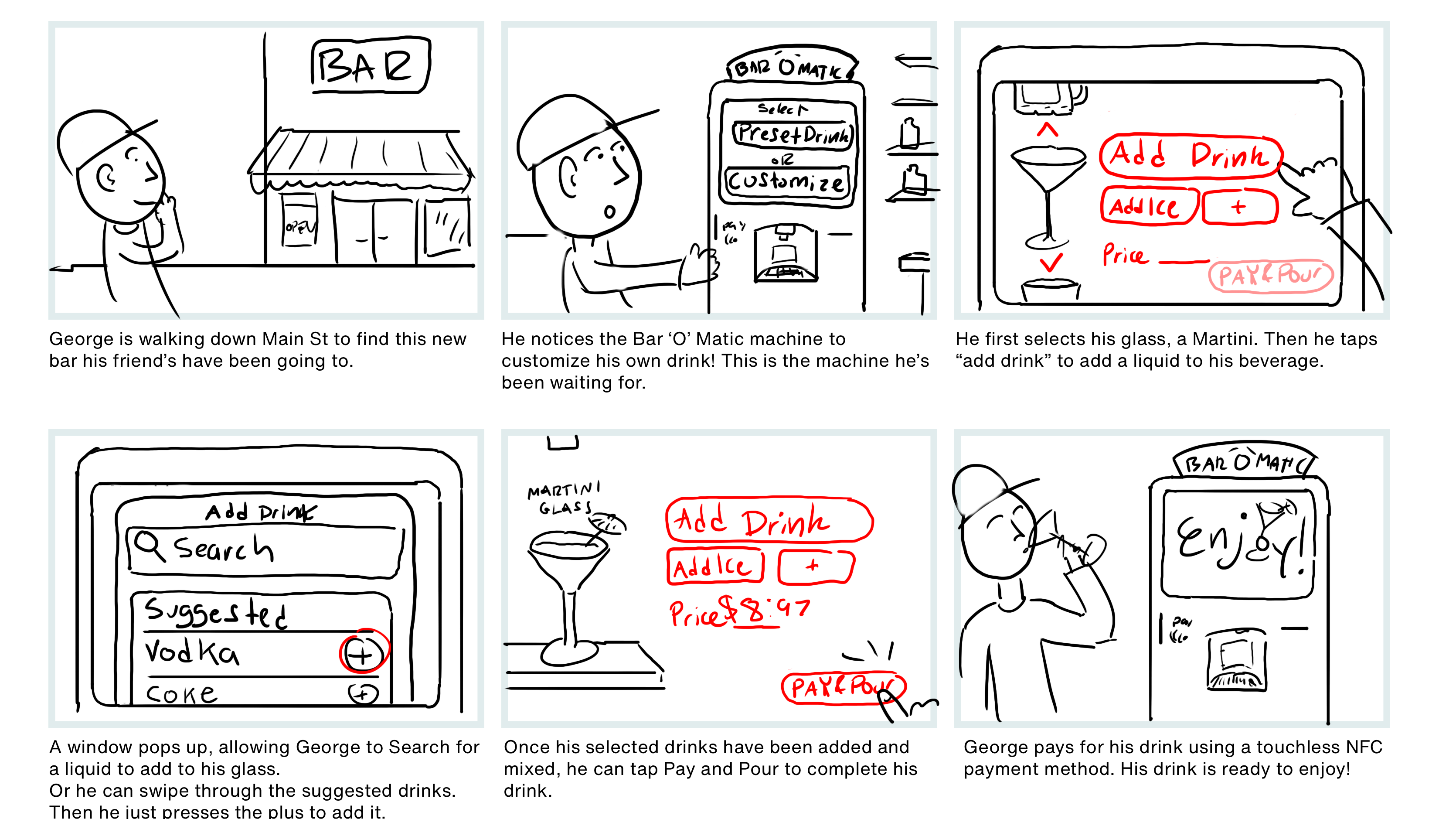Prompt:
For the next week please create the first draft of the user interface for your proposed system. You will want to leverage the opportunities that the system components that you outlined in your system diagram provide you with. Is there a place for a screen? a voice-based UI? knobs and buttons? touch sensitive controls? Create the proposal draft of how the system's interface would facilitate the core functionalities you proposed as a solution to your chosen problem. Please focus on the formal aspects specifically, not the whole user experience yet - we'll work on the colors, shapes, movement, gestures, microcopy, feedback, responses, error management, system status later.
The deliverables will depend on the primary interface you're designing - mockups for the screen, sketches for gesture-based UI, communication examples for the VUI - whatever you feel best communicates your ideas. This is just the first draft, you will have a chance to refine and polish it.
Use the resources included in the module to then conduct a heuristic evaluation of your interface. The chapter from the Usability Engineering Actions is helpful to give you general perspective, and the rest are examples on how those evaluations are conducted. Make sure you assess all 10 parameters and create a document with the analysis of the result. You can follow the examples or create your own format.
---
Our UI Prototype details the various interactive components for our ADHD Productivity tool. We firstly show the users current session with 4 buttons to interact with and pause their focus session: Break, Focus, Pause (timer), and Distraction (to note distraction)
The Today view shows the user's total session count, with the productivity/distractedness within each session, signified by color, blue = focus, yellow = distracted, green = break.
Our gamified experience of having a user's sessions be manifested by a growing tree can also be implemented in this format. Instead of the current rings, users may also choose to view it in a tree view.
This UI would work in tandem with the hardware component, to use software (and potentially the user) to identify when the user is distracted.
Heuristic Evaluation
Visibility of system status
Severity (out of 5) - 2
Issues - User should know of any errors in identifying or missing a distraction
Recommendation - tell users when the confidence in noticing a distraction is low or high
Match between system and real world
Severity - 5
Issues - Must match the real world distraction levels close or very close
Recommendation - Have AI and system accurate as possible
User control and freedom
Severity - 5
Issues - Should have high user control over what constitutes a distraction and not have the app feel like a distraction or controlling agent in and of itself
Recommendation - have heavy influence of gamification element to make users have maximum control and freedom
Consistency and standards
Severity - 5
Issues - should be extremely consistent and have high standards in identifying focus and helping the user not get distracted
Recommendation - have app high consistency and standards in identifying focus
Error Prevention
Severity - 5
Issues - Should prevent errors as much as possible as any lapse in the app identifying focus would make the app not successful
Recommendation - test AI and system as much as possible and identify ways to prevent errors in identifying focus and distraction points
Recognition over recall
Severity - 3
Issues - Not a big issue but should be recognizable in what counts as a distraction mark so the user can go back and recall data sets
Recommendation - Make interface recognizable as much as possible
Flexibility and efficiency of user
Severity - 3
Issues - efficiency of user largely based on real world productivity
Recommendation - Have high flexibility in what counts as a distraction
Aesthetic and minimalist design
Severity - 5
Issues - excellent aesthetic key in gaining user trust and adoption to maximize gamification elements and user base
Recommendation - make excellent stylized "pixel" interface to harness "cozy" and familiar look and feel to make it more comfortable for users
Helps users recognize, diagnose and recover errors
Severity - 5
Issues - Must have ability for user to input when they were distracted manually
Recommendation - App should help user fix errors in identifying a distraction point
Help and documentation
Severity - 3
Issues - help and documentation important for user to understand how AI works and to best format the app to help it learn the difference between when the user is distracted and when they are focused
Recommendation - have help section and initial learning phase to help AI learn user habits









